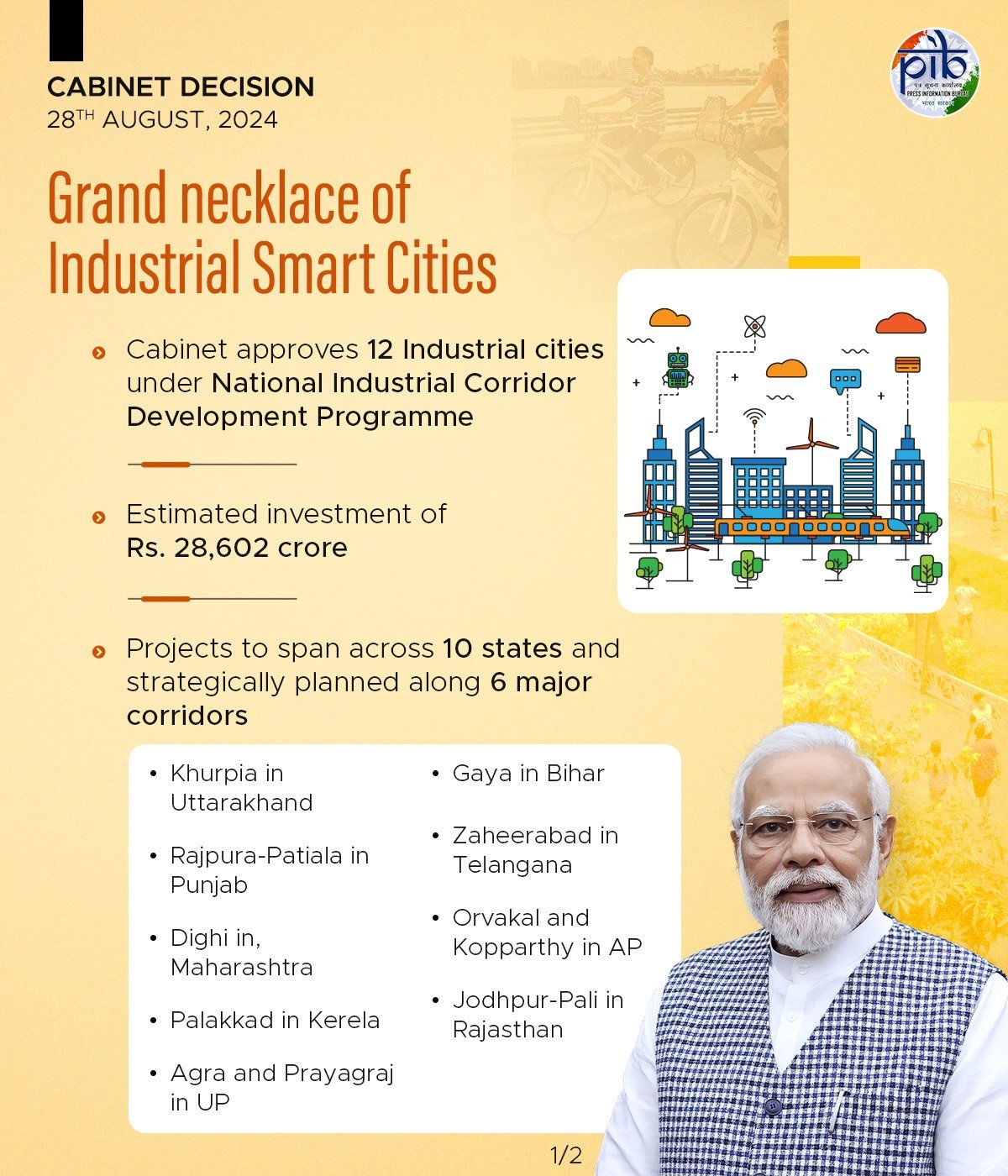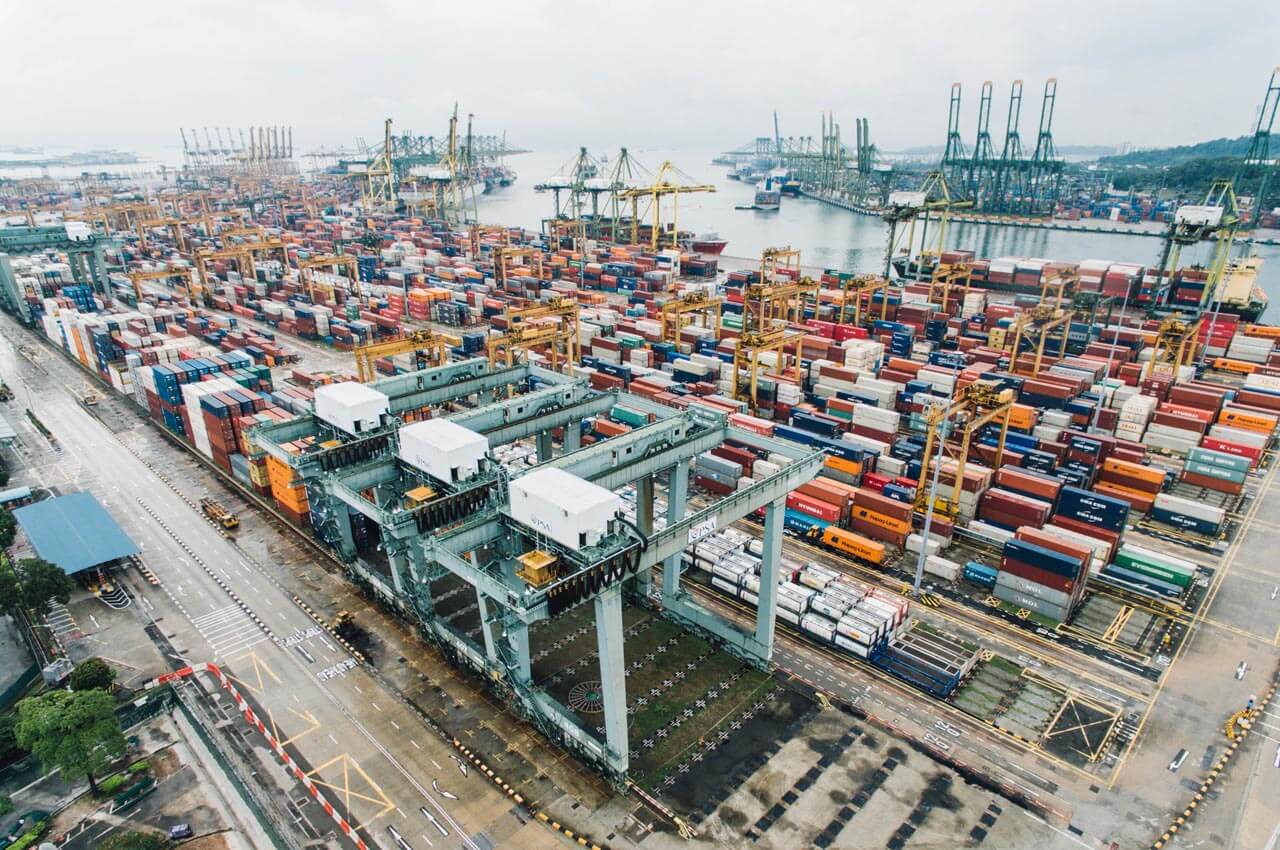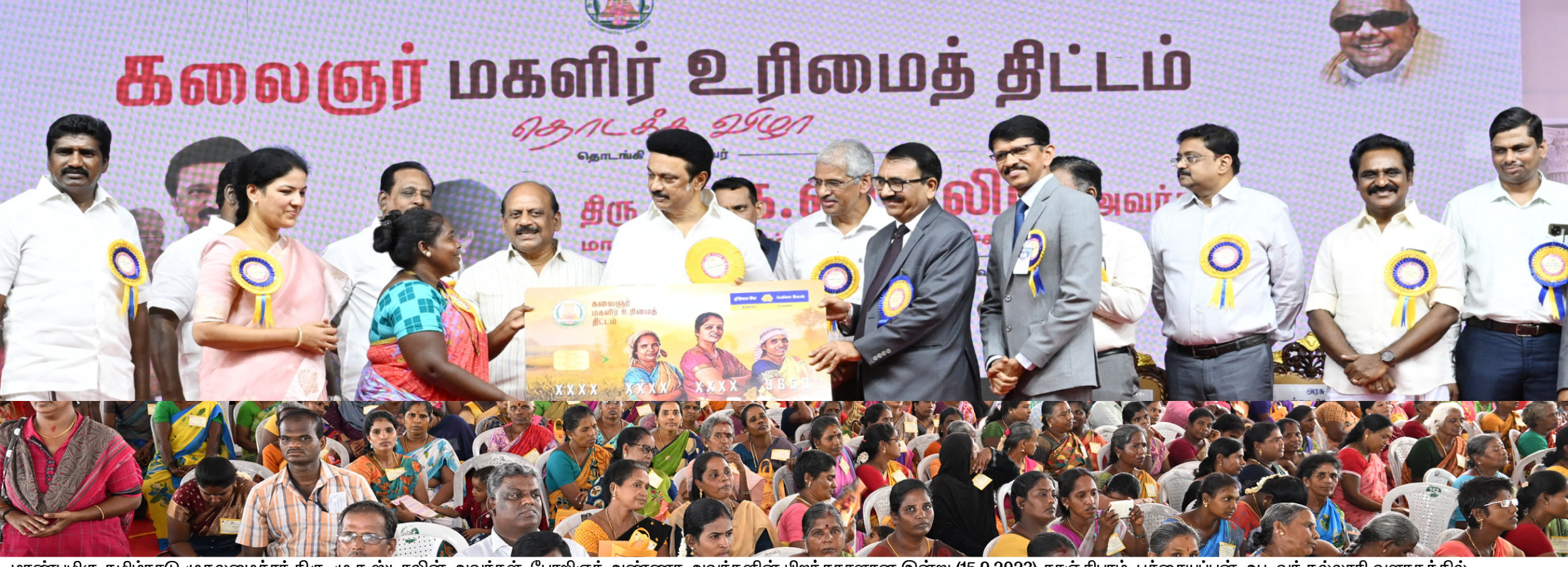India is gearing up for a significant economic transformation with the launch of an ambitious industrial initiative. The Union Cabinet has approved a massive ₹28,600 crore investment to develop 12 new industrial smart cities across 10 states. This move marks a pivotal moment in India’s journey toward becoming a global manufacturing powerhouse. Here’s a closer look at what this new investment plan entails, the potential it holds for India’s economy, and the challenges that lie ahead.
The New Union Cabinet Investment Plan
The recently approved plan by the Union Cabinet is set to create a network of industrial smart cities that will serve as hubs for manufacturing, innovation, and economic growth. These 12 industrial smart cities will be developed across 10 states, including Khurpia in Uttarakhand, Punjab’s Rajpura-Patiala, Maharashtra’s Dighi, Kerala’s Palakkad, Uttar Pradesh’s Agra and Prayagraj, Bihar’s Gaya, Telangana’s Zaheerabad, Orvakal and Kopparthy in Andhra Pradesh, and Jodhpur-Pali in Rajasthan. Since the Model Code of Conduct is in effect in poll-bound areas, the name of one city has not yet been made public.
These smart cities are designed to be sustainable and technologically advanced, focusing on efficient resource management and reduced environmental impact. They will feature cutting-edge logistics, transport, and communication systems, making them ideal locations for industries to set up and thrive. This initiative aligns with the government’s vision to promote ‘Make in India’ and ‘Digital India’ by fostering an environment conducive to manufacturing and technological advancement.
Massive Investment for Massive Growth
The ₹28,600 crore investment is not just a number; it represents a transformative opportunity for India’s economic landscape. The government plans to leverage this investment to attract further investments worth over ₹1.52 lakh crore from around the world. This influx of capital is expected to significantly boost India’s GDP and create a ripple effect that will stimulate growth across various sectors of the economy.
One of the most significant outcomes of this plan is job creation. The development of these industrial smart cities is projected to generate around 10 lakh jobs, providing employment opportunities across multiple sectors, including manufacturing, services, and technology. This surge in employment is vital for a country like India, which has a large and growing workforce in need of stable, well-paying jobs.
Towards a $5 Trillion Economy
The Union Cabinet’s investment plan is a crucial part of India’s broader strategy to achieve a $5 trillion economy by 2030. By developing world-class industrial hubs, India aims to position itself as a leading player in the global manufacturing arena. These industrial cities are expected to enhance India’s manufacturing capabilities, increase exports, and reduce dependency on imports. In doing so, they will contribute to a stronger and more resilient economy.
Additionally, these smart cities will foster innovation and entrepreneurship by providing the necessary infrastructure and support for startups and SMEs. This, in turn, will drive technological advancement and improve the competitiveness of Indian products in the global market. By creating a robust industrial ecosystem, India is laying the groundwork for sustained economic growth and prosperity.
Challenges on the Horizon
While the potential benefits of this investment plan are immense, several challenges need to be addressed to ensure its success. One of the primary hurdles is land acquisition. Securing large tracts of land for industrial development can be a complex and contentious process, often involving negotiations with landowners and navigating legal and regulatory frameworks.
Environmental clearances are another significant challenge. The development of industrial cities must be balanced with the need to protect the environment and maintain ecological sustainability. This requires thorough environmental impact assessments and adherence to strict regulatory standards.
Moreover, for these industrial cities to be successful, they must be more than just centres of production; they need to be livable spaces for workers and their families. This means investing in housing, healthcare, education, and other social infrastructure to create a holistic living environment. Without these, attracting and retaining a skilled workforce could become difficult.
The Road Ahead: A New Industrial Revolution
Despite the challenges, the Union Cabinet’s investment plan marks a bold step towards a new industrial revolution in India. With careful planning, transparent governance, and collaboration between the government, private sector, and civil society, these industrial smart cities have the potential to transform India’s economic landscape.
This initiative not only aims to boost the economy but also to improve the quality of life for millions of Indians by creating jobs, fostering innovation, and building sustainable urban centres. As India embarks on this ambitious journey, it stands on the brink of a new era of growth and prosperity.
Read more: 53rd GST Council Meet




